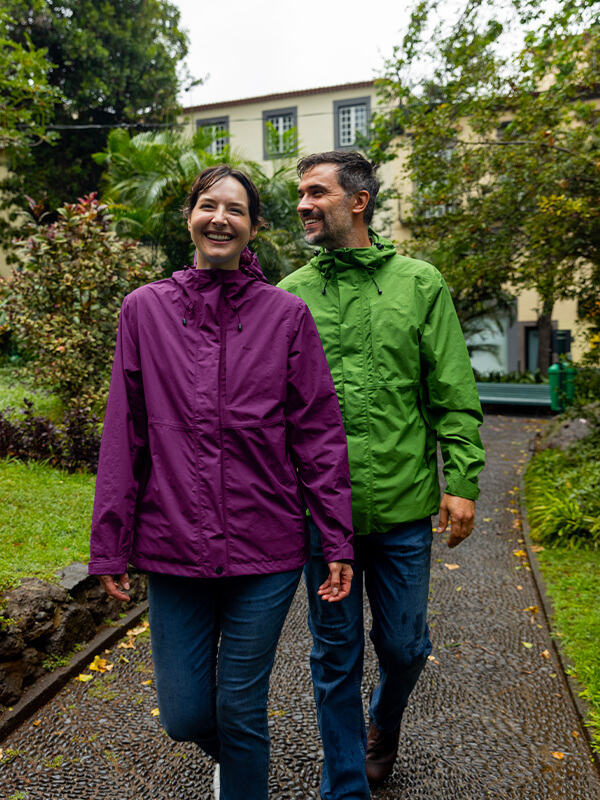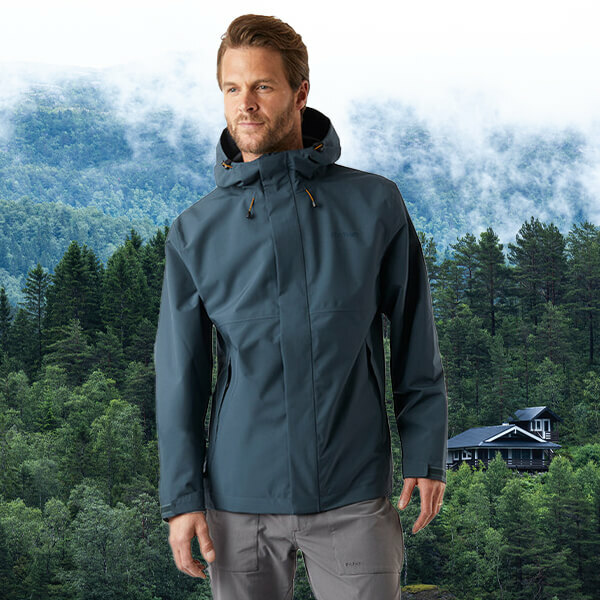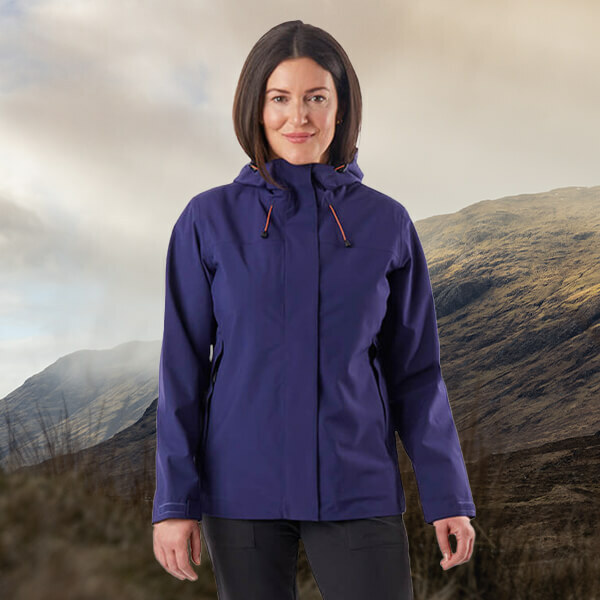How to maintain your waterproof gear for optimal performance and longevity.
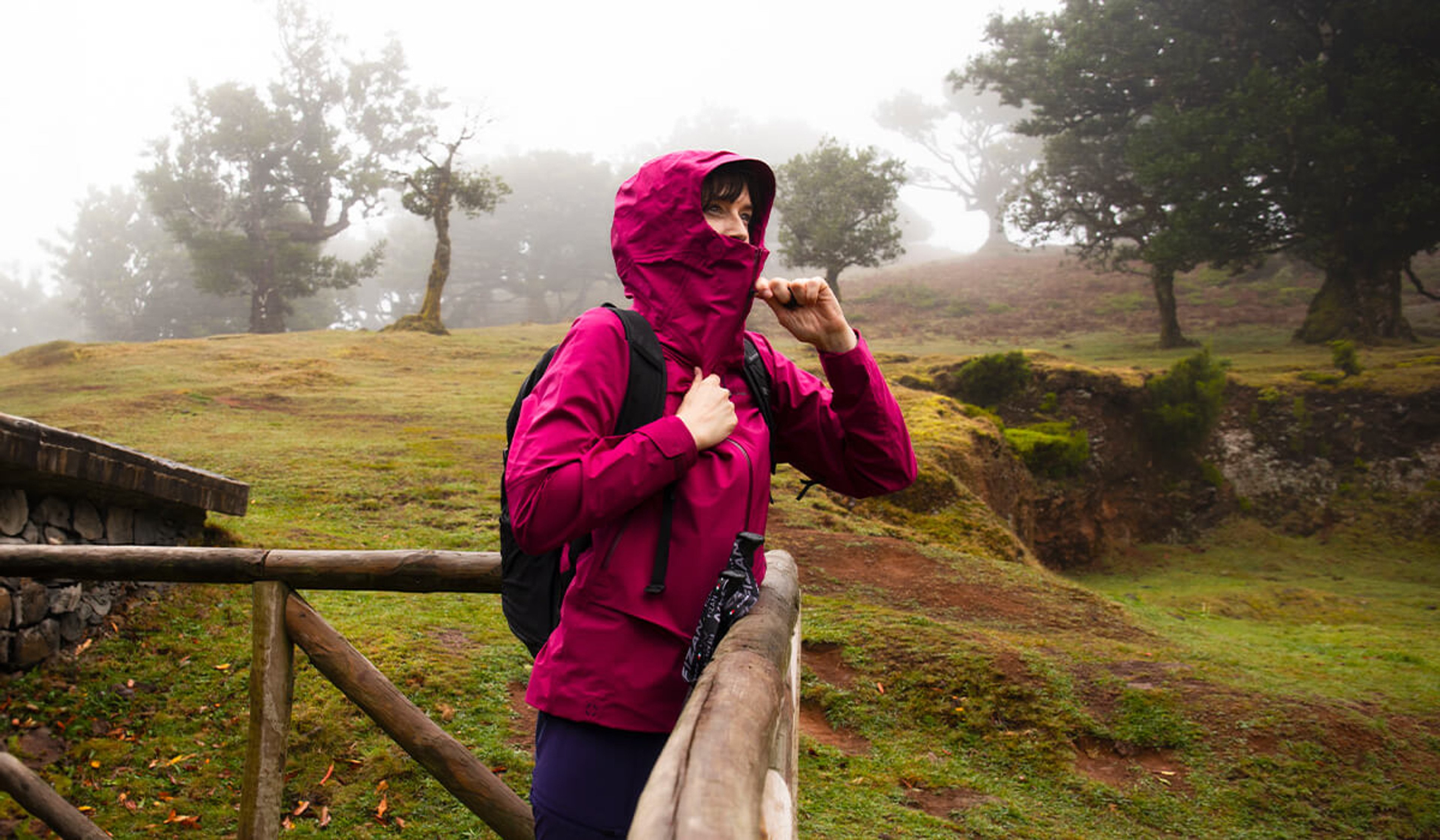
The Rohan Waterproof Care Guide
2/2/2024
Updated: 13th August 2024
Waterproof garments are crafted by bonding a waterproof and windproof membrane to an inner and outer fabric, creating a shell that shields you from the elements while remaining breathable and lightweight. To enhance this protection, the outer fabric is treated with a Durable Water Repellency (DWR) finish. This treatment causes water droplets to bead up and roll off the fabric, preventing absorption and extending the garment’s lifespan.
However, with regular use the DWR finish can degrade, causing the fabric to absorb water or "wet out", diminishing the garment's performance. To keep your waterproof gear in top condition, it's essential to regularly clean and re-proof it. This guide will help you understand how to care for your waterproof clothing, ensuring it remains effective for years to come.
Here, we will answer all the questions you might have about how to care for your waterproof clothing, how to keep it performing at its best, and how to extend the life of your much-loved gear.
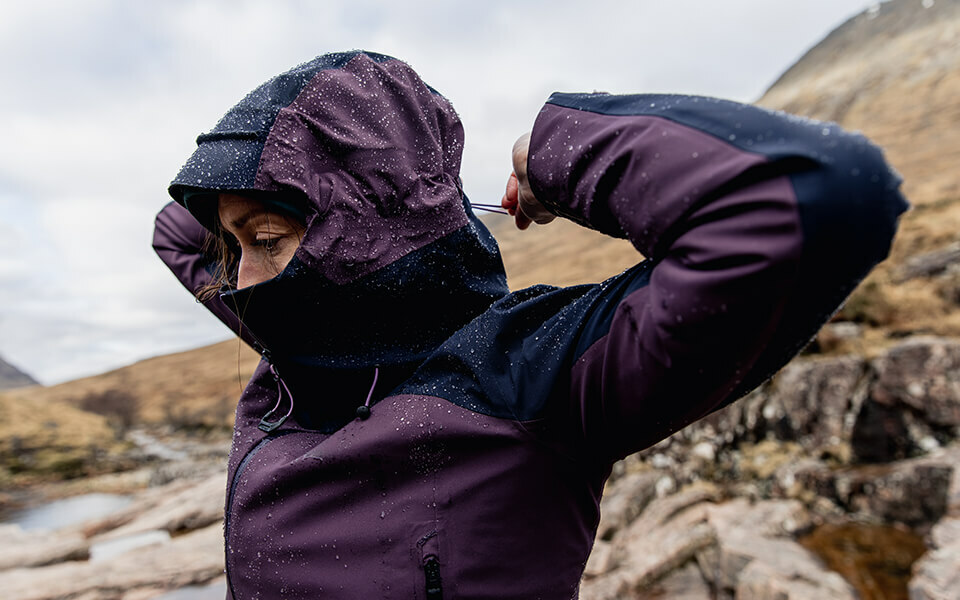
Daily Care: How to Maintain Your Waterproof Jackets
After each use, especially when you've been caught in heavy rain, give your waterproof gear a thorough shake to remove excess water. It’s tempting to brush the water off with your hands, but it’s best to avoid this, as the oil and dirt on your skin can degrade the DWR finish. Once you’ve shaken the excess water droplets off your waterproofs, hang them up to fully dry, ready for your next adventure.
The Importance of Washing: Why Regular Cleaning is Crucial
Over the course of your adventures, dirt and residue can build up on the outer membrane, affecting the garment's breathability and compromising the DWR finish that prevents the material from wetting out. It’s also a good idea to periodically re-proof your waterproof gear to refresh the DWR treatment and extend the life of your gear.
Frequency of Washing: How Often Should You Clean Your Jacket?
Just like your everyday wardrobe, it’s important to wash your waterproofs regularly. We recommend washing your waterproof gear at least once every six months. However, if you frequently engage in outdoor activities, you may need to wash your gear more often to maintain its performance.
Machine Washing: Can You Wash Waterproof Jackets in the Washing Machine?
The short answer is yes! But before you do, there are a few steps you should take to protect your waterproof.
First, clean the detergent drawer and run a rinse cycle on your washing machine before use. This removes any leftover soap from previous washes and protects your waterproof from detergents and softeners that might damage the fabrics and finishes.
Next, make sure all the pockets are emptied, and close all the zips, Velcro, and snap closures. This helps the jacket maintain its shape and ensures that nothing snags, preventing any fabric damage.
Finally, before washing, remove any dried mud or dirt with a soft brush or dry cloth.

How to Wash Waterproof Clothing
Load the drum with your waterproofs and select a gentle synthetic cycle, with a wash temperature of up to 30°C. Only use a non-biological liquid detergent; fabric softeners are not recommended as they work against the fabric’s water repellency. Washing your waterproof helps maintain the fabric’s breathability by removing any build-up from the fabric’s pores and limiting moisture collection inside your jacket or trousers.
The machine-washing process should be followed by a cool tumble dry or cool iron. If you choose to use a cool iron, ensure you use a barrier like a tea towel between the iron and the garment to protect against heat damage.
How to Re-Proof a Waterproof Jacket
Re-energising the DWR finish on the outer fabric of your waterproof will help the garment perform better for longer. To do this, we recommend using a wash-in product like Grangers Clothing Wash + Repel, which cleans your waterproof and replenishes the DWR in a single wash cycle and at a low temperature, saving you time, energy, and water. Use two 50ml capfuls of Wash + Repel for each garment you need to re-proof. Wash on a full cycle at 30°C, then follow the instructions below to add some heat, which helps the product work correctly.
By following these steps, you’ll help rejuvenate the DWR, ensuring water droplets keep beading up and rolling off your waterproof gear, while the waterproof and windproof membrane keeps you dry on all your outdoor adventures.
A Note on PFC-Free DWR
As we move towards more sustainable practices, many of our waterproof garments are now treated with PFC-free DWR finishes. Traditional DWR treatments often contain a group of chemicals called perfluorocarbons (PFCs). PFC-free alternatives are safer and more eco-friendly while still offering excellent water-repellent properties. This makes it even more important to properly care for your gear, as re-proofing more often with suitable products helps maintain the performance of these environmentally friendly treatments.
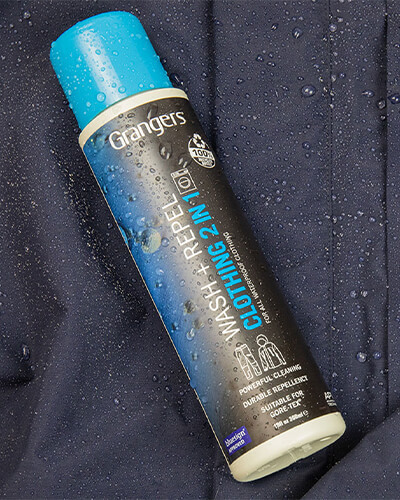

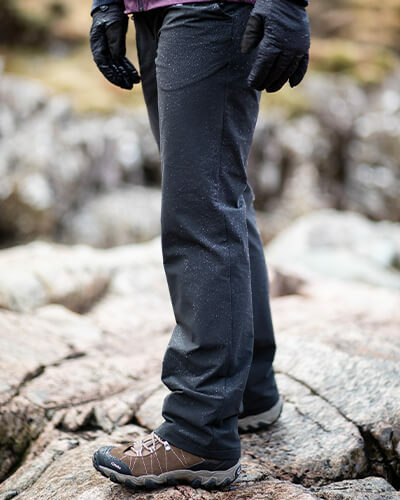
Good to Know: Understanding Waterproofing in Different Jackets
Down Jackets: Are They Waterproof?
Most down jackets on the market have a DWR finish on the outer fabric to protect against very light showers or snow flurries, but it’s uncommon to see down jackets with a fully waterproof outer layer. This is for a few reasons.
Down jackets are designed to be very lightweight and packable, so adding a waterproof membrane would add unnecessary weight and reduce the packability of the garment.
Additionally, down insulation needs to breathe to effectively regulate your body temperature. Adding a waterproof membrane would likely limit the breathability of the jacket and potentially trap moisture, which would greatly reduce the insulation capability of the down filling.
While you can buy a fully waterproof down jacket from some brands, most experienced outdoor enthusiasts simply opt to bring a waterproof outer layer in case of rain, which solves all the issues associated with a waterproof down jacket.
Softshell Jackets: Do They Offer Waterproof Protection?
The short answer is no. Softshell jackets are designed to be stretchy, highly breathable, and easy to wear, but they aren’t designed to be waterproof. Most softshell jackets on the market have a DWR finish to help protect you from light showers, but the lack of a waterproof membrane means they cannot be fully waterproof.
Browse our Waterproof Range
